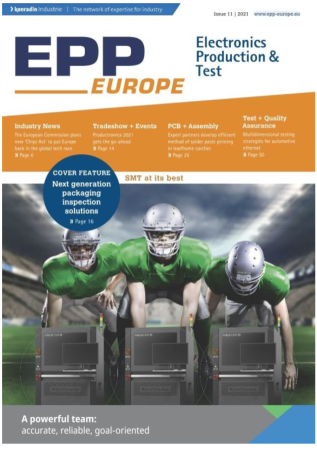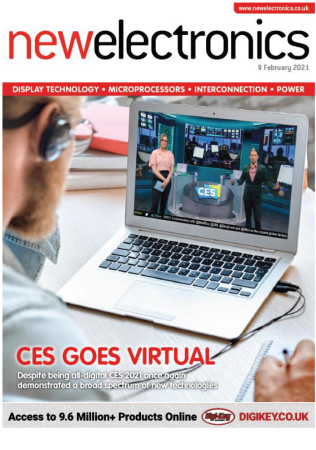Press & Media Services
Welcome to our press and media area! Journalists, media representatives and other interested parties can obtain press and image material here for printing free of charge. If you have specific questions about our company or our services, please contact us directly:
ARRK Engineering GmbH
Marketing & Communication
Frankfurter Ring 160
80807 Munich
communication (at) arrk-engineering.com
Press releases and professional articles
Test procedures must keep pace with the HUDs of the future:High-precision HUD test bench measures head-up displays fully automatically
Sustainability check for technology-oriented companies: ARRK Engineering and FutureCamp Climate pool their know-how - Sustainability becomes a decisive competitive factor
Life Cycle Assessment - When sustainability becomes a duty:
Life cycle assessment and recycling management make automotive and industrial companies fit for the future, 2022
Thermal management in the vehicle - Human sensitivity for the computer: The future of climate comfort optimization lies in virtual application, 2022
Automotive Ethernet - Full speed ahead into the future: Growing complexity of high-speed data networks in vehicles requires multidimensional testing, 2021
Artificial intelligence in the automotive industry - Blackbox neural network: Interactive visualization improves understanding of decision-making processes in autonomous vehicles, 2020
Touch technologies for the automotive industry - A finger on the pulse of time: How features of interactive displays find their way into the passenger cell of the future, 2020

Publications
Here you will find a selection of our currently placed professional articles.
"Learning Lessons",
vehicle electronics, May 2023
In March 2020, the European Commission adopted the new Action Plan for Circular Economy. It aims to promote sustainable product design while reducing waste in resource-intensive sectors – including electronics and ICT, battery and vehicle manufacturing, and the plastics industry – as part of the European Green Deal. The revision of EU legislation on batteries is just one building block in this context.
source: Vehicle electronics - Home
"Go with the flow",
vehicle electronics, May 9th 2022
With the introduction of electromobility, the issues of air conditioning and climate comfort are becoming massively more important. This is because unlike the combustion engine, which can always provide sufficient waste heat for heating and operates all electrical consumers in the interior via the generator, the driver of an e-car pays dearly for any heating or cooling power required with potential range.
source: Vehicle electronics - Home
"Full speed ahead. Testing high-speed data networks in vehicles"
EPP EUROPE, Nov 2th 2021
Highly and fully automated driving systems have long since ceased to be fiction, but rather represent the future prospects of the automotive industry. Display or communication failures can lead to dangerous situations for the driver and even accidents involving several people. For this reason, automotive manufacturers are already using high-speed data transmission via Automotive Ethernet to network individual control units with each other and with the system network as a whole. However, existing test methods are no longer sufficient, as they only focus on individual system components and disregard systemic verification. ARRK Engineering explains how multidimensional testing can help.
source: epp europe - Home
"Black box neural network"
OEM&SUPPLIER, Sep 2021
Artificial intelligence in the automotive industry: In self-driving cars, reliable Convolutional Neuronal Networks (CNN) are essential. With their help, artificial intelligence is supposed to automatically recognize other traffic participants. However, the more autonomously the car drives, the greater the demands on the safety of the algorithms. In order to protect the human life, a deep understanding of the inner-processes of these neural networks is necessary.
source: OEM&SUPPLIER - Home
"A finger on the pulse of time"
new electronics, Feb 9th 2021
Smartphones, tablets, televisions: touch displays are ubiquitous and are increasingly being used in modern vehicles – whether for buttonless operation of the air conditioning or infotainment system. In contrast to consumer electronics, these functions have to face special challenges in vehicles: Strong vibrations, changing temperatures and electromagnetic fields are the rule in road traffic. To ensure that drivers can enjoy the benefits of touch displays, the technology must therefore be adapted to the requirements of the automotive industry. In this way, it can be ensured that the driving experience is not diminished by advanced touch displays.
source: newelectronics - Home




